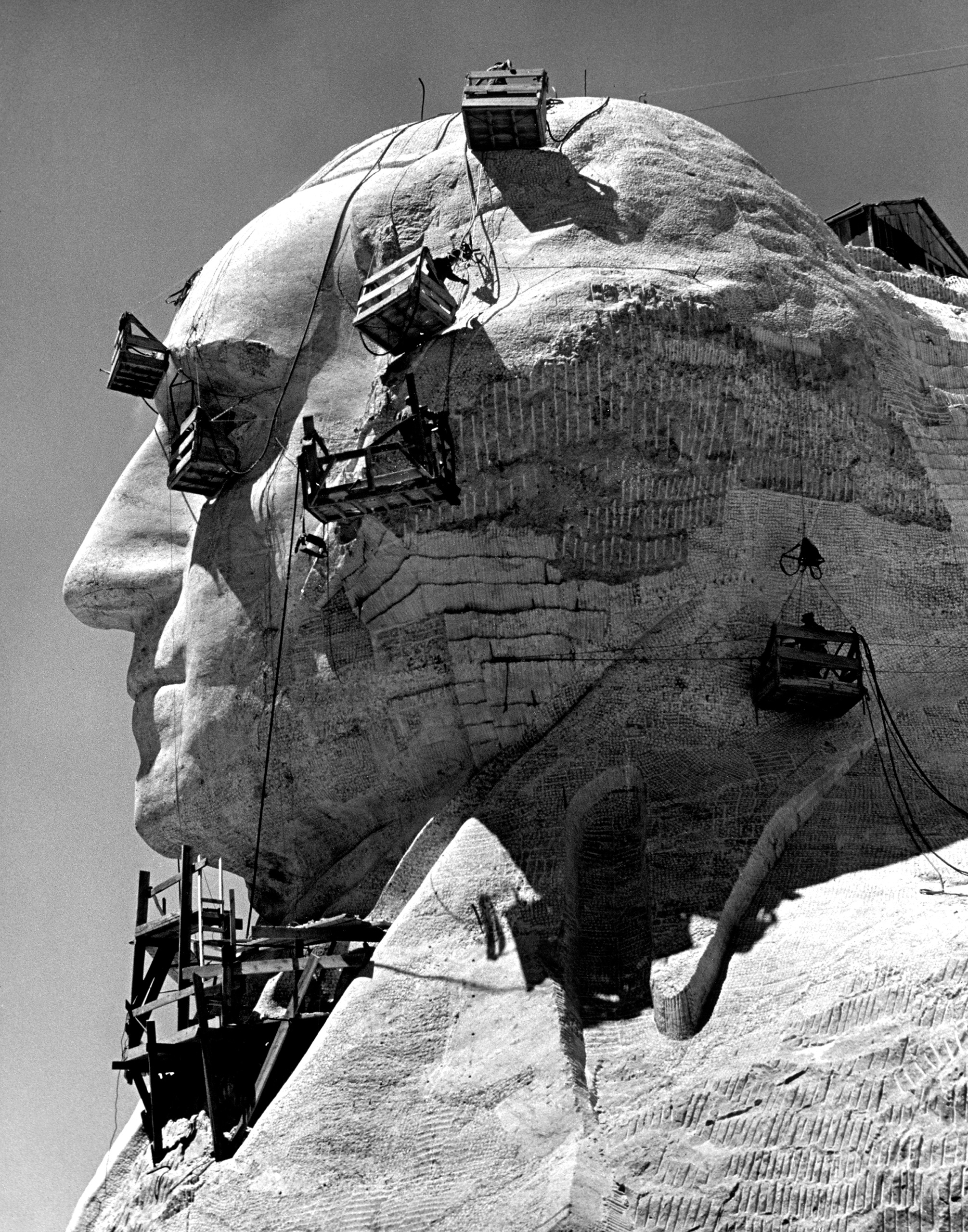
On Oct. 31, 1941—75 years ago Monday—work ceased on the iconic Mount Rushmore monument, the massive South Dakota sculpture from which four of America’s most beloved presidents gaze out over the landscape.
Though the sculpture did not yet match the original designs by sculptor Gutzon Borglum, by the time it was completed it had been in the works for years, as these photos show. According to the National Park Service, the 400 workers who made it happen had to climb 700 steps every single day, before beginning the dangerous dynamite work that earned them $8 a day.
But in fact, the 14 years of construction don’t even tell the whole story. Borglum had been employed since 1915 designing a massive monument to the Confederacy in Georgia, but, after public support for that idea dwindled during the 1920s and he fell out with the funders, he was replaced on the project by another sculptor in 1925—at which point, “seeking employment,” as TIME reported then, he went to South Dakota to meet with prominent citizens about them hiring him to carve “historic figures” in the Black Hills, an idea that had been floating around since 1923. When he asked which national heroes those Dakotans could imagine on their hill, they named George Washington and Abraham Lincoln.
The project site was eventually selected at Mount Rushmore, and Theodore Roosevelt and Thomas Jefferson joined their fellow presidents in the plans. The project was underway. In 1927, President Calvin Coolidge officially dedicated the monument. Individual dedications for the figures took place in 1930 (Washington), 1936 (Jefferson), 1937 (Lincoln) and 1939 (Roosevelt).
Get your history fix in one place: sign up for the weekly TIME History newsletter
In 1941, Borglum died of a heart attack, his monument unfinished.
Lincoln Borglum, Gutzon’s son, continued to supervise project until the end of that season—they had to stop every winter and restart in the spring—but would not pick it back up in the spring. Though the monument did not yet match the designs, it was declared finished. It was clear America would soon become involved in World War II, and the government funds that had been sustaining the project were needed elsewhere.
See the Evolution of Mount Rushmore
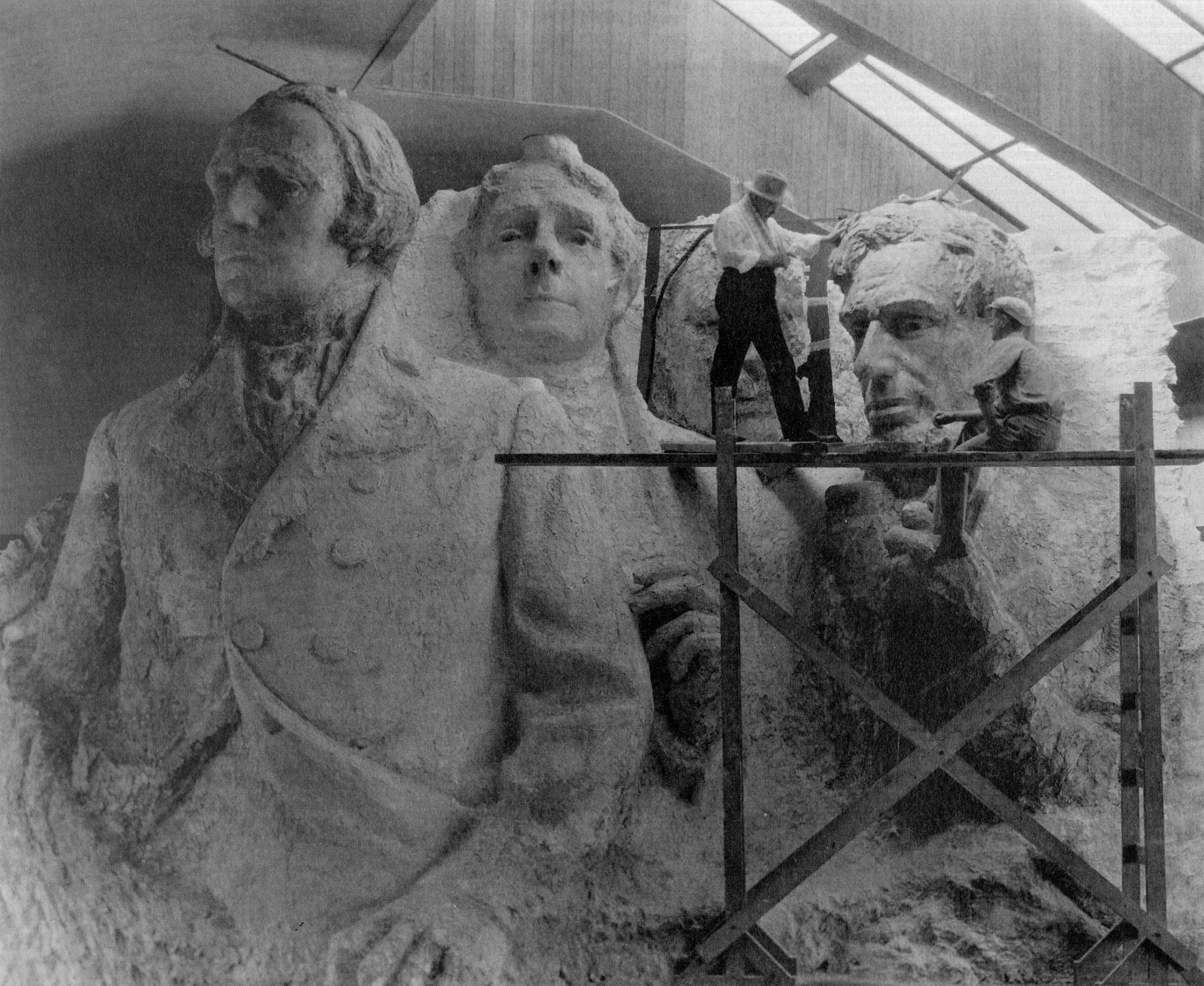
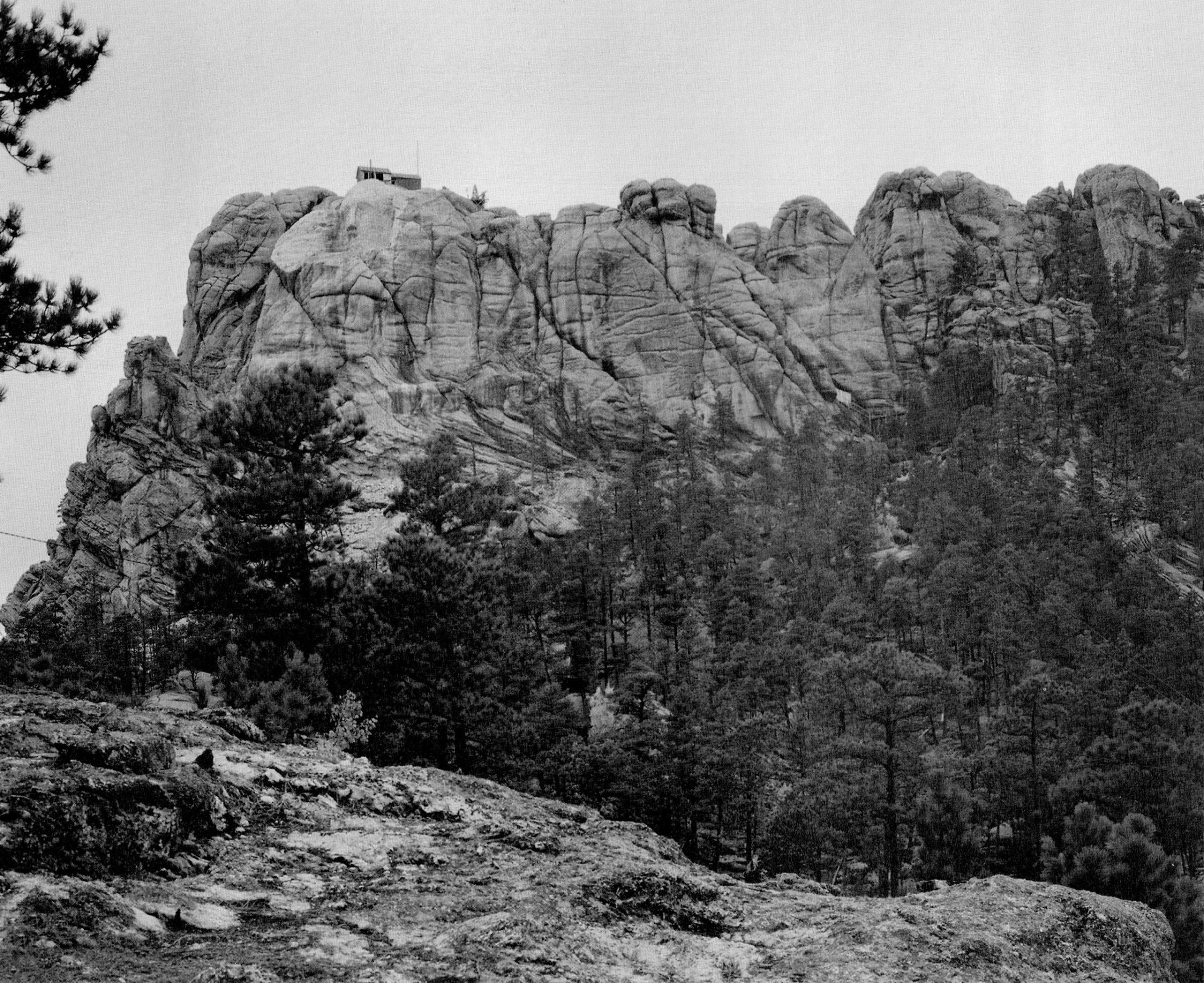
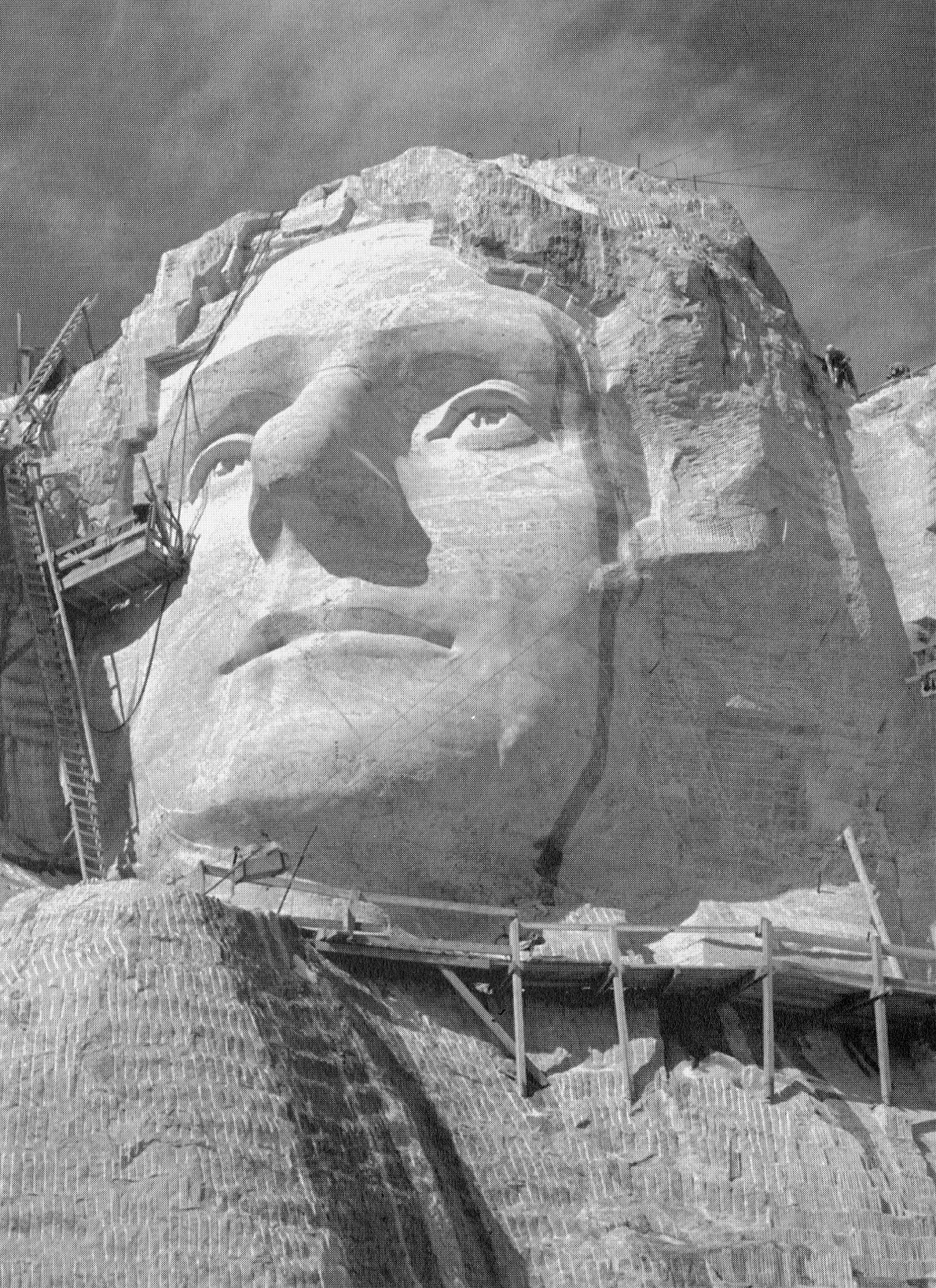
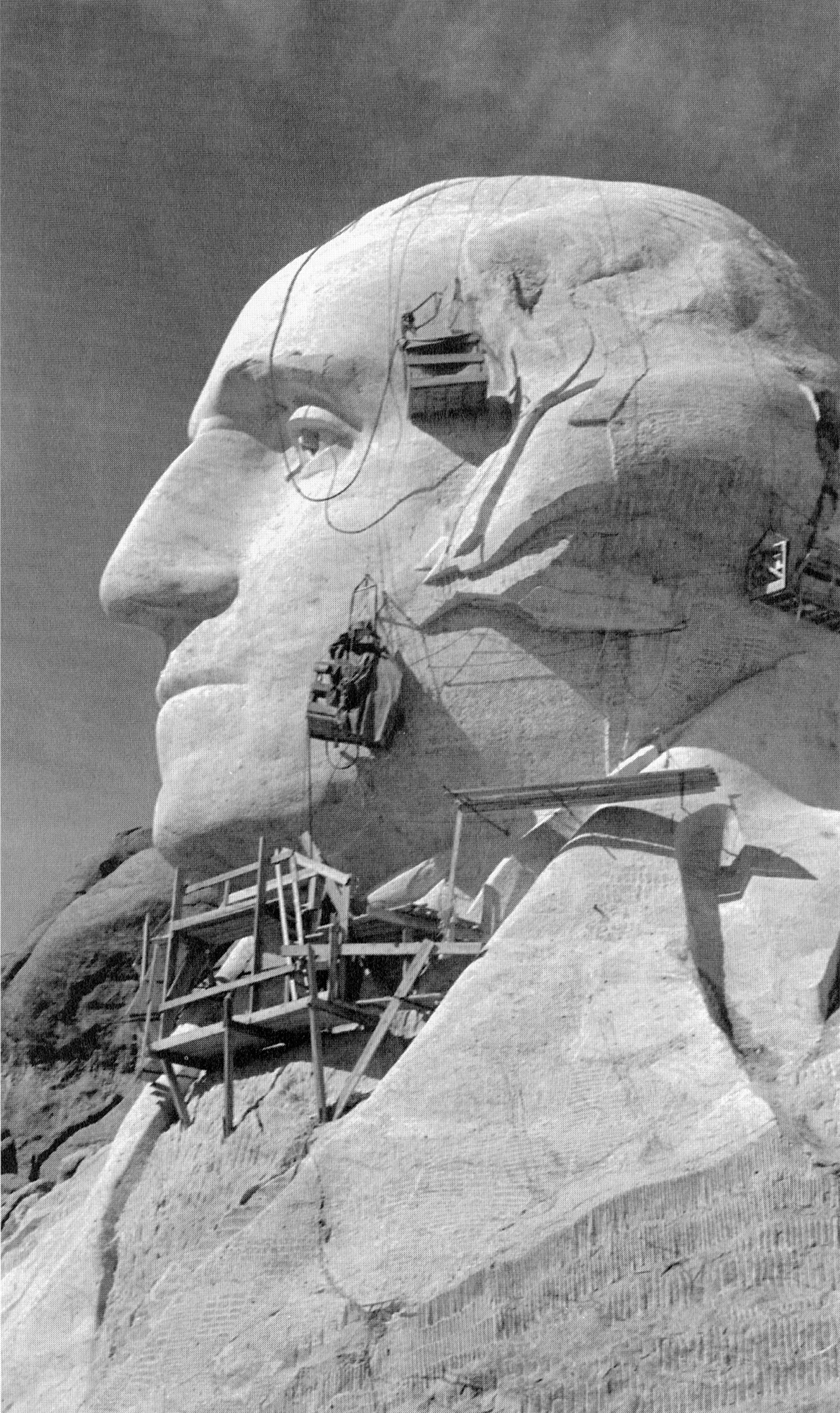

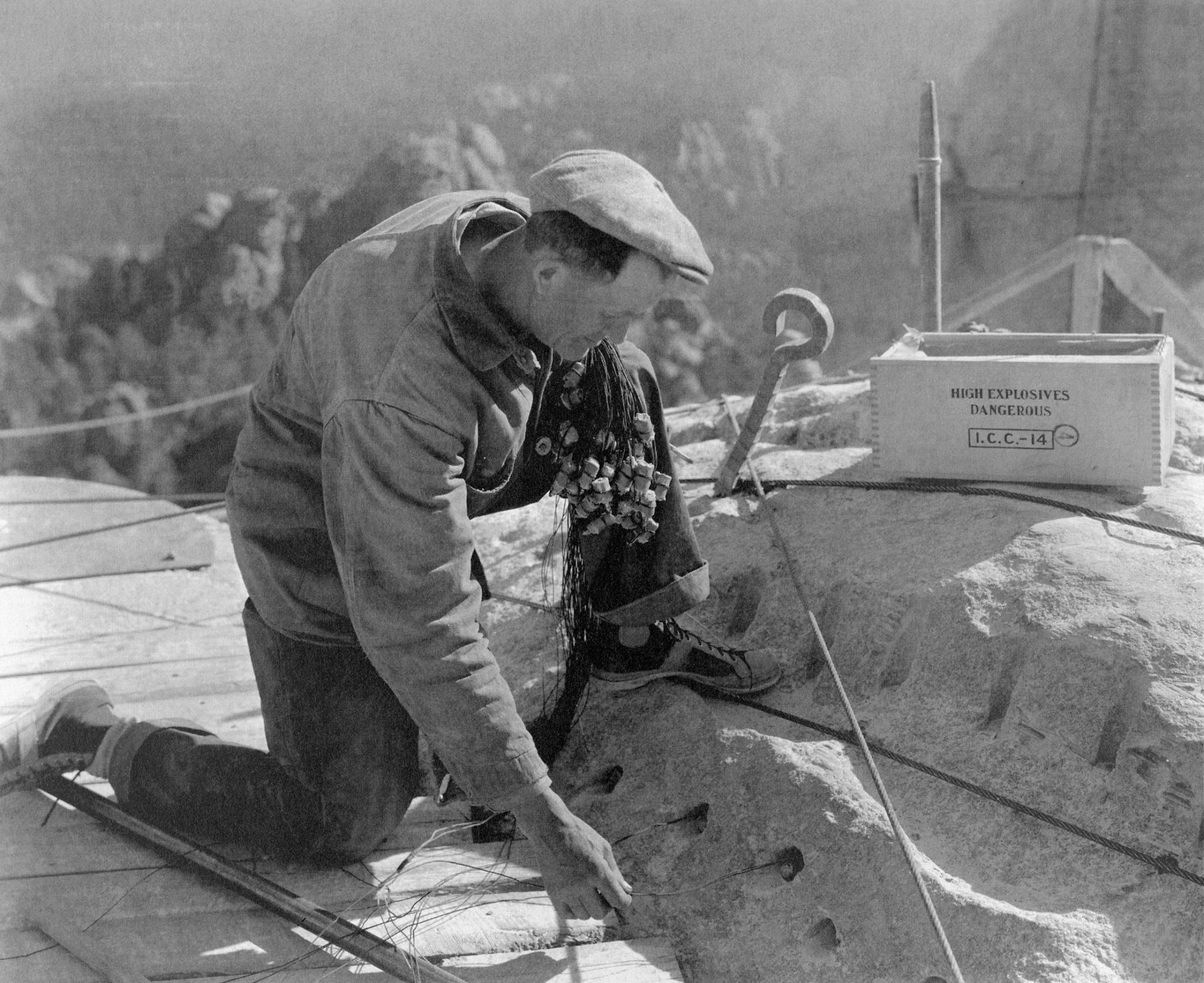
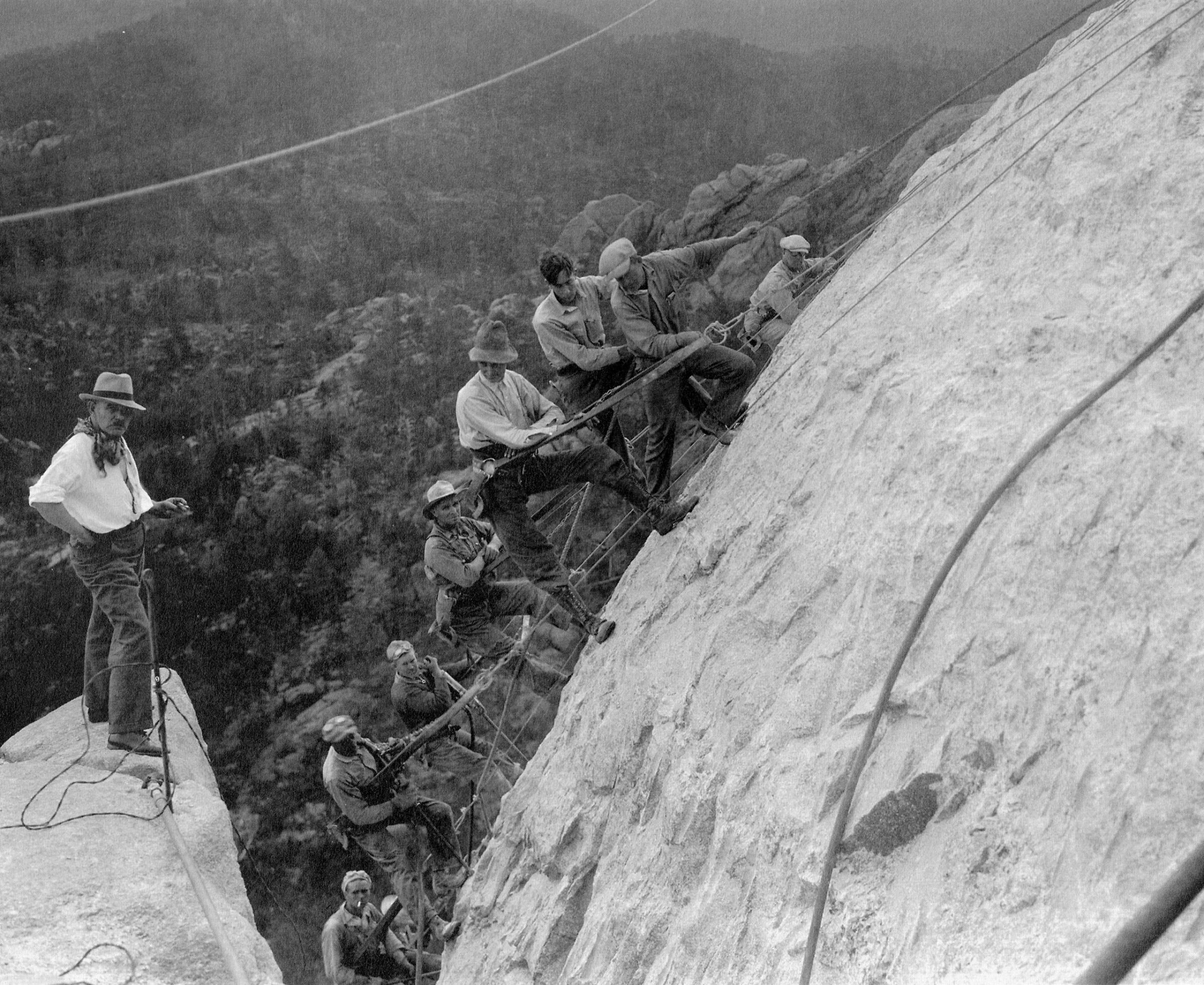
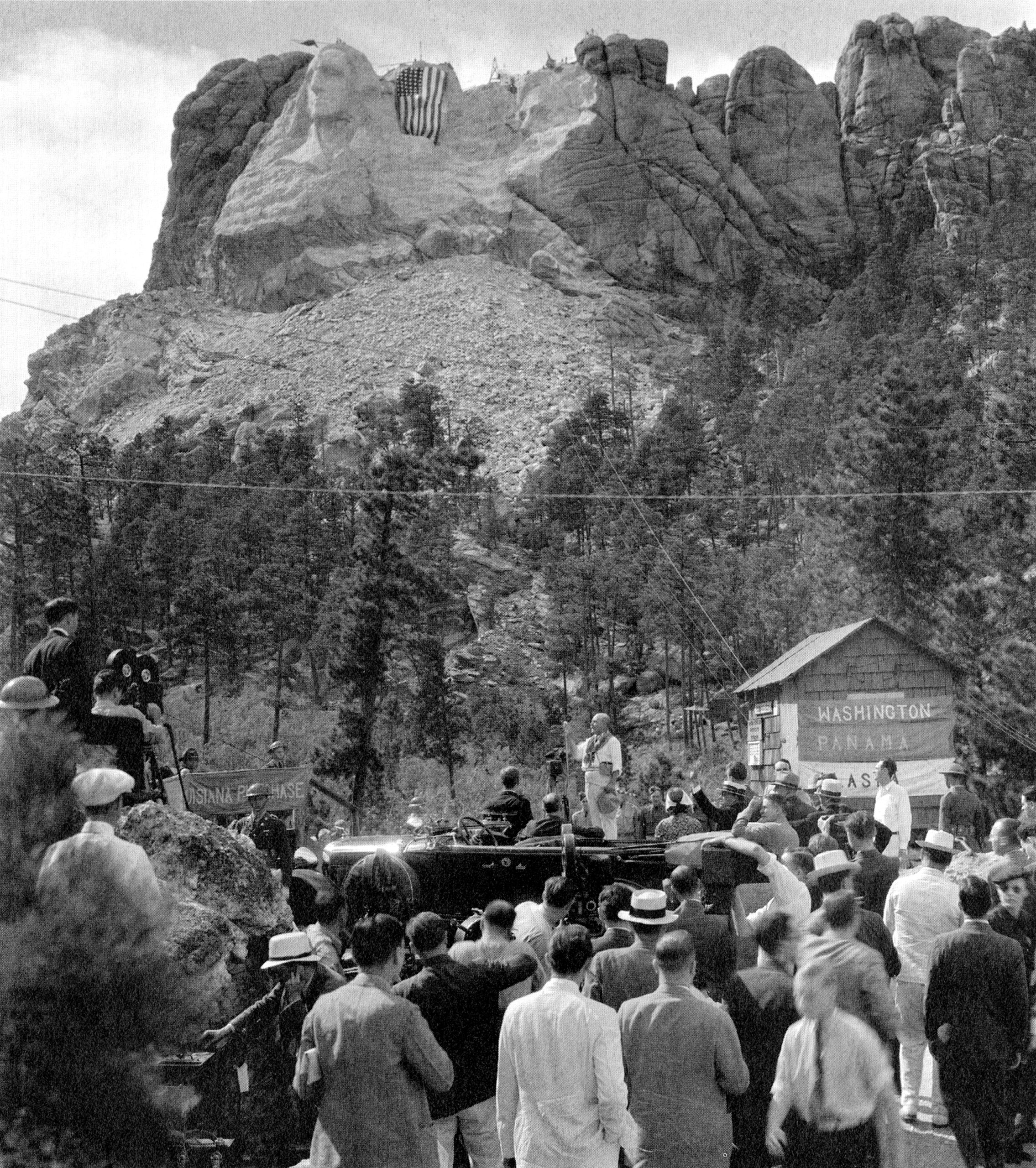
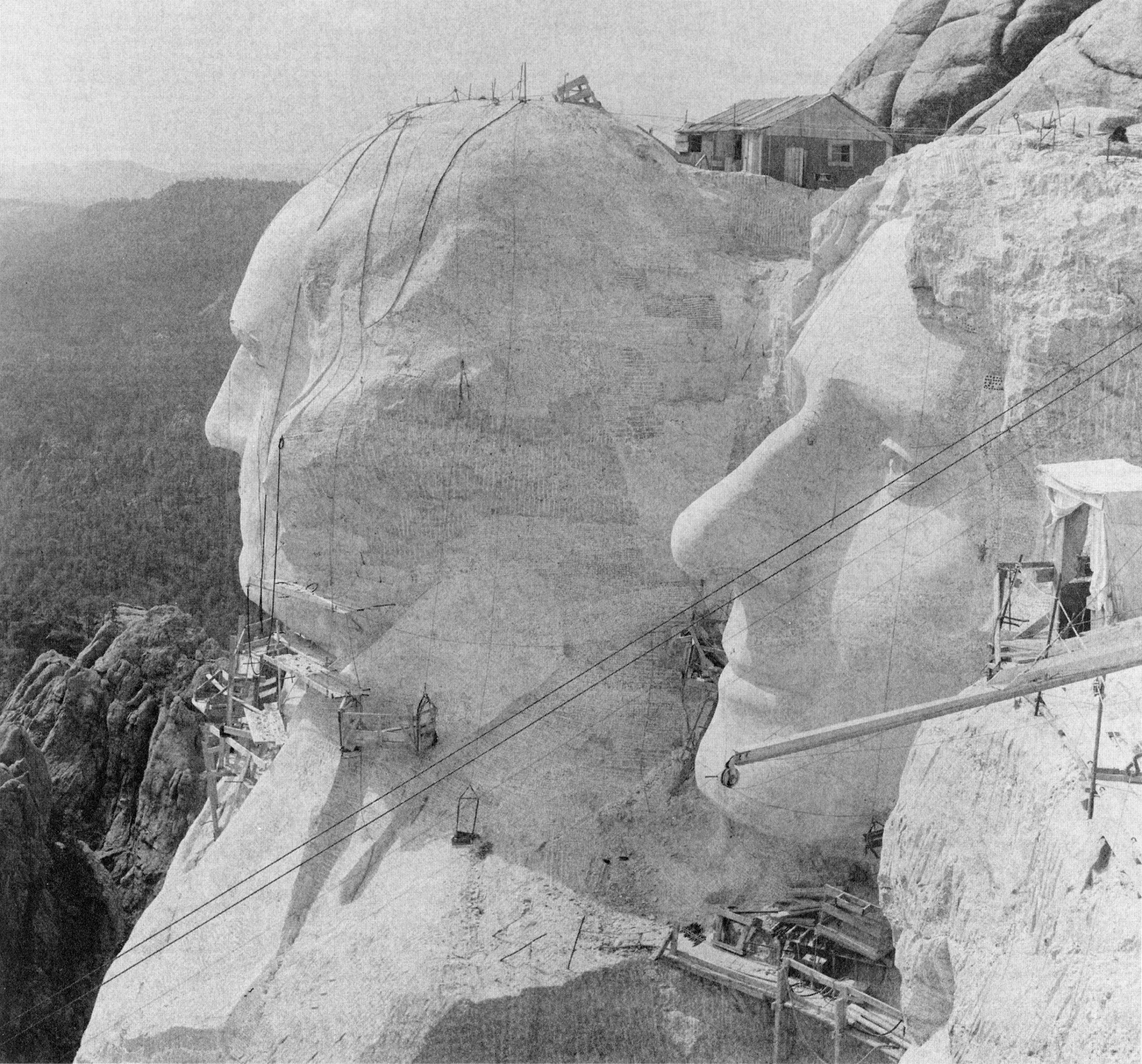
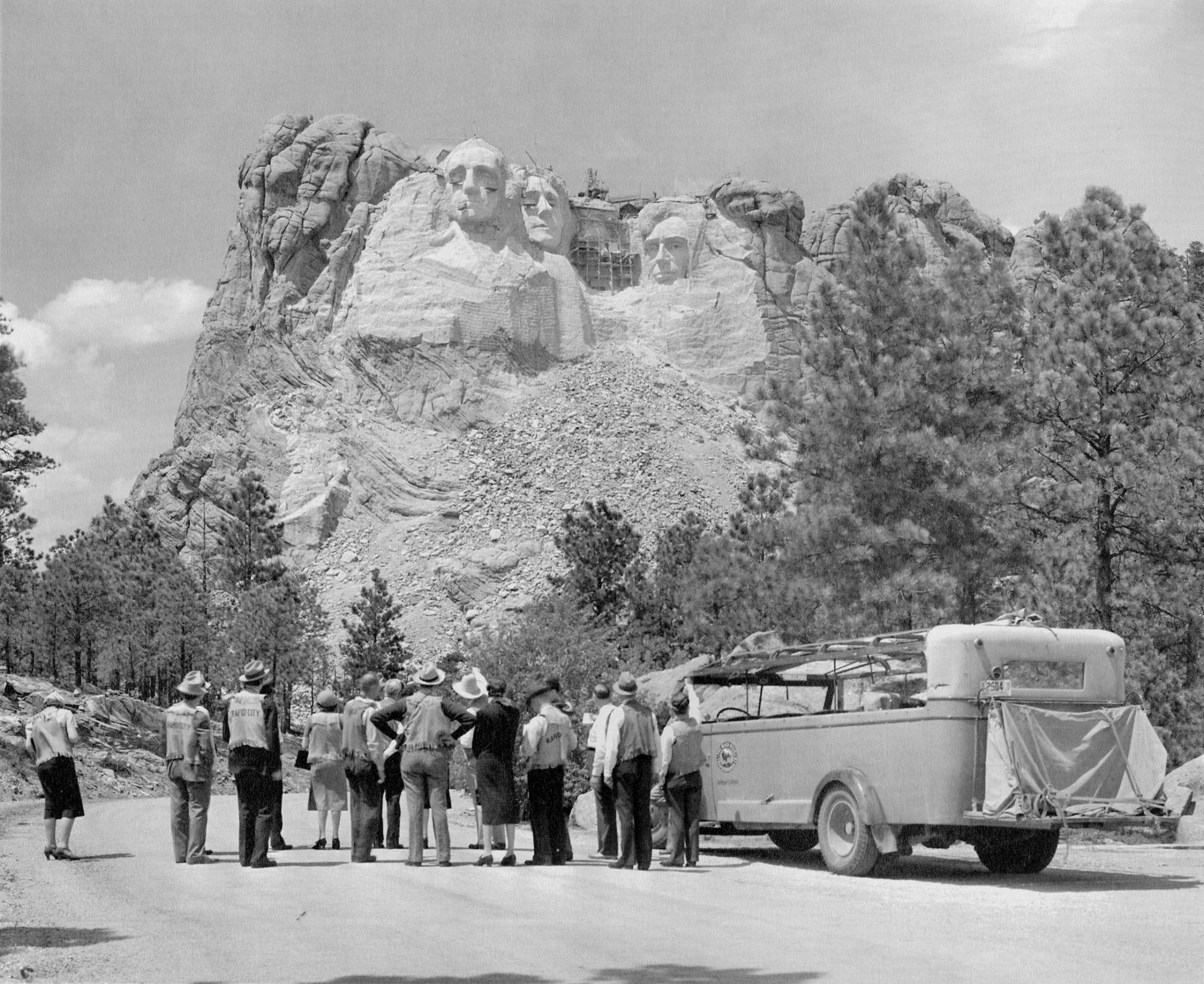
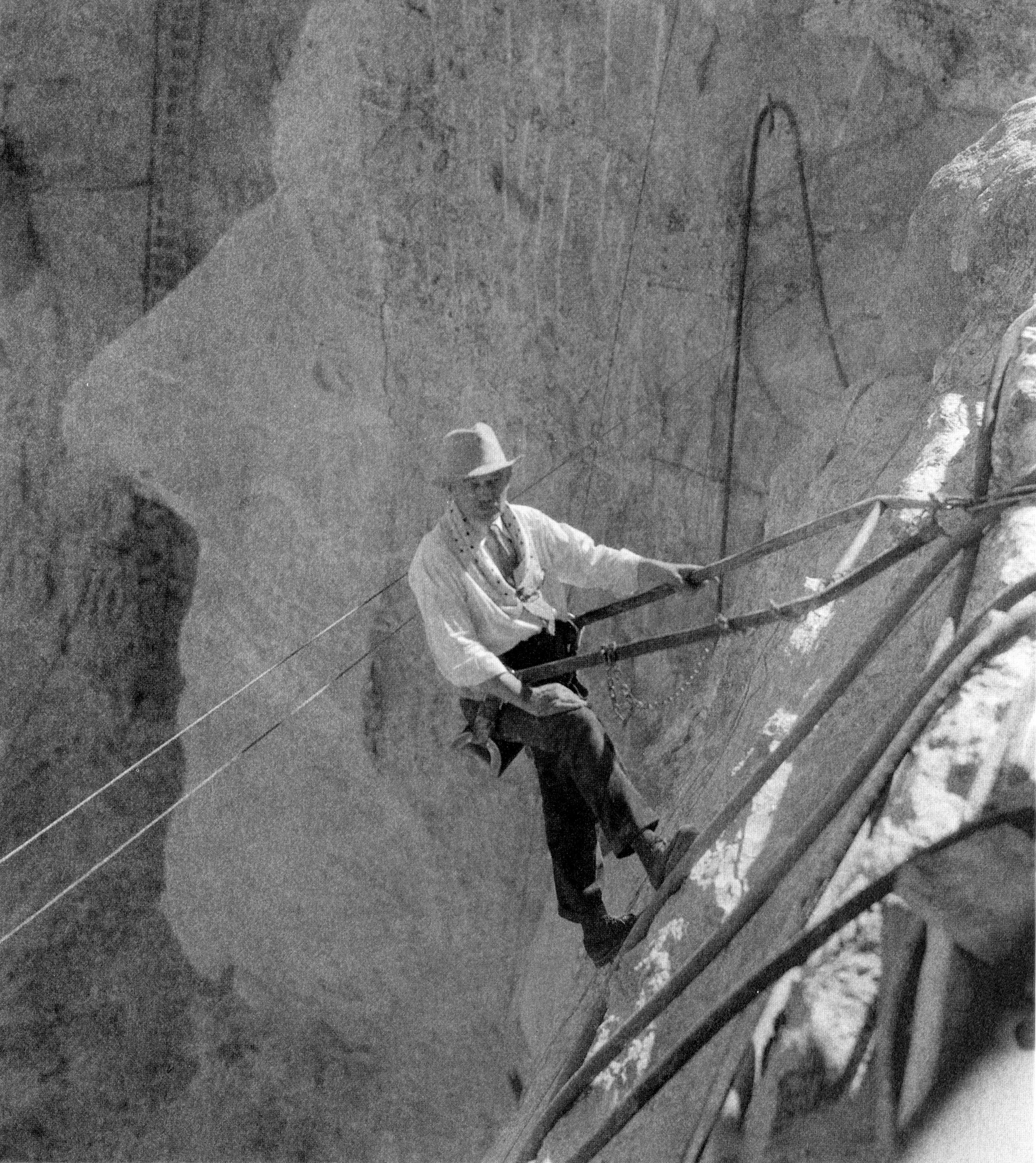
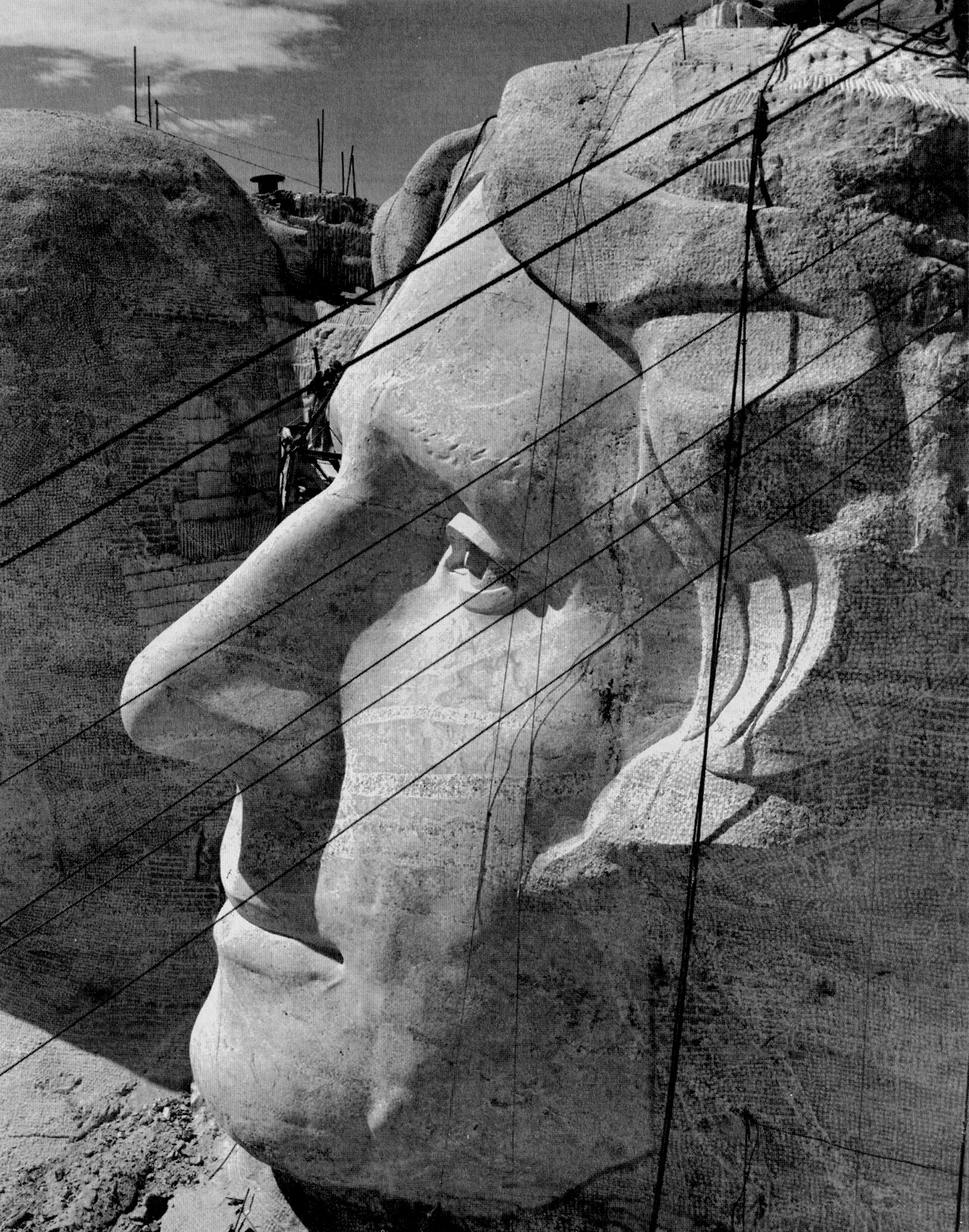
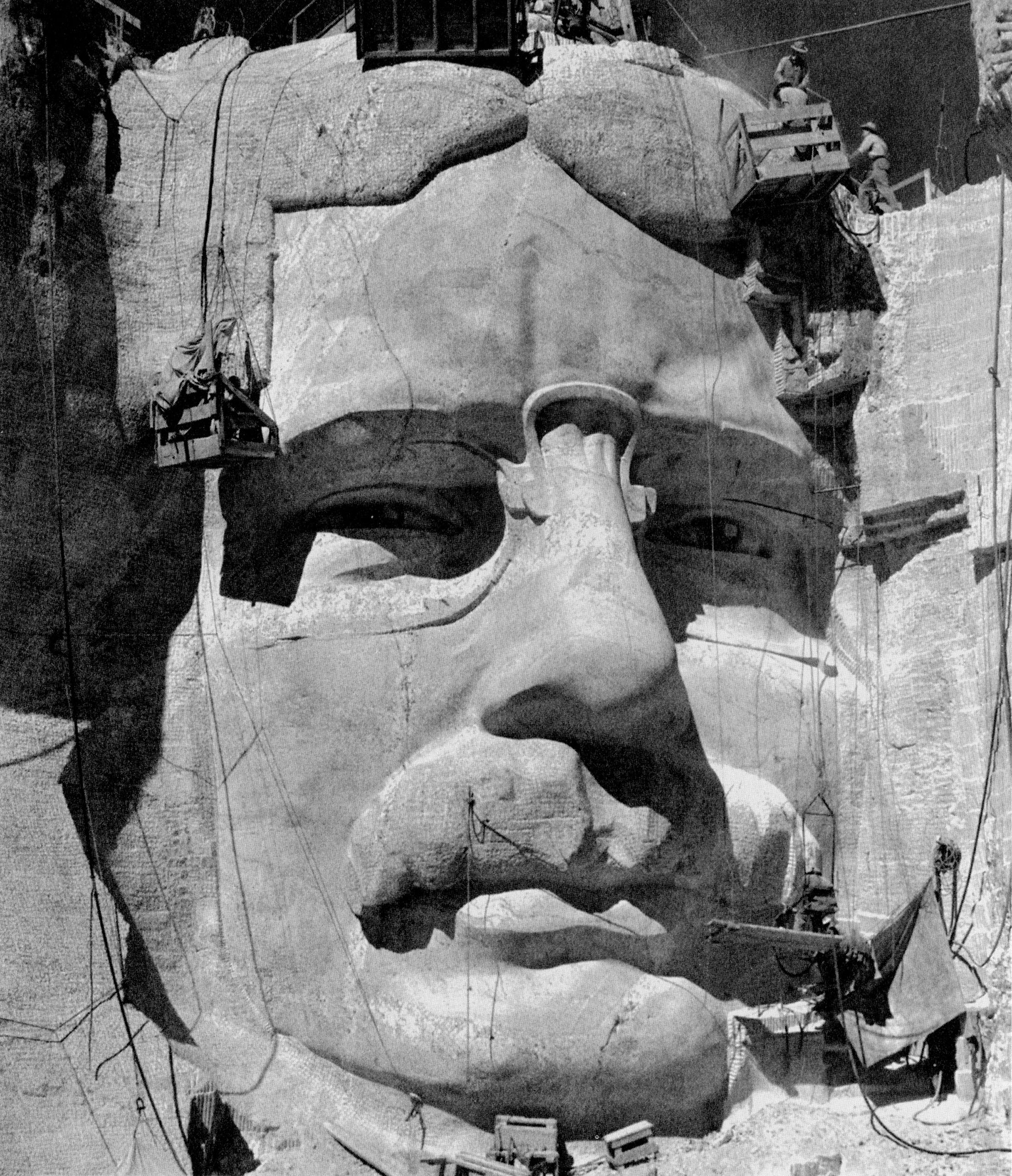
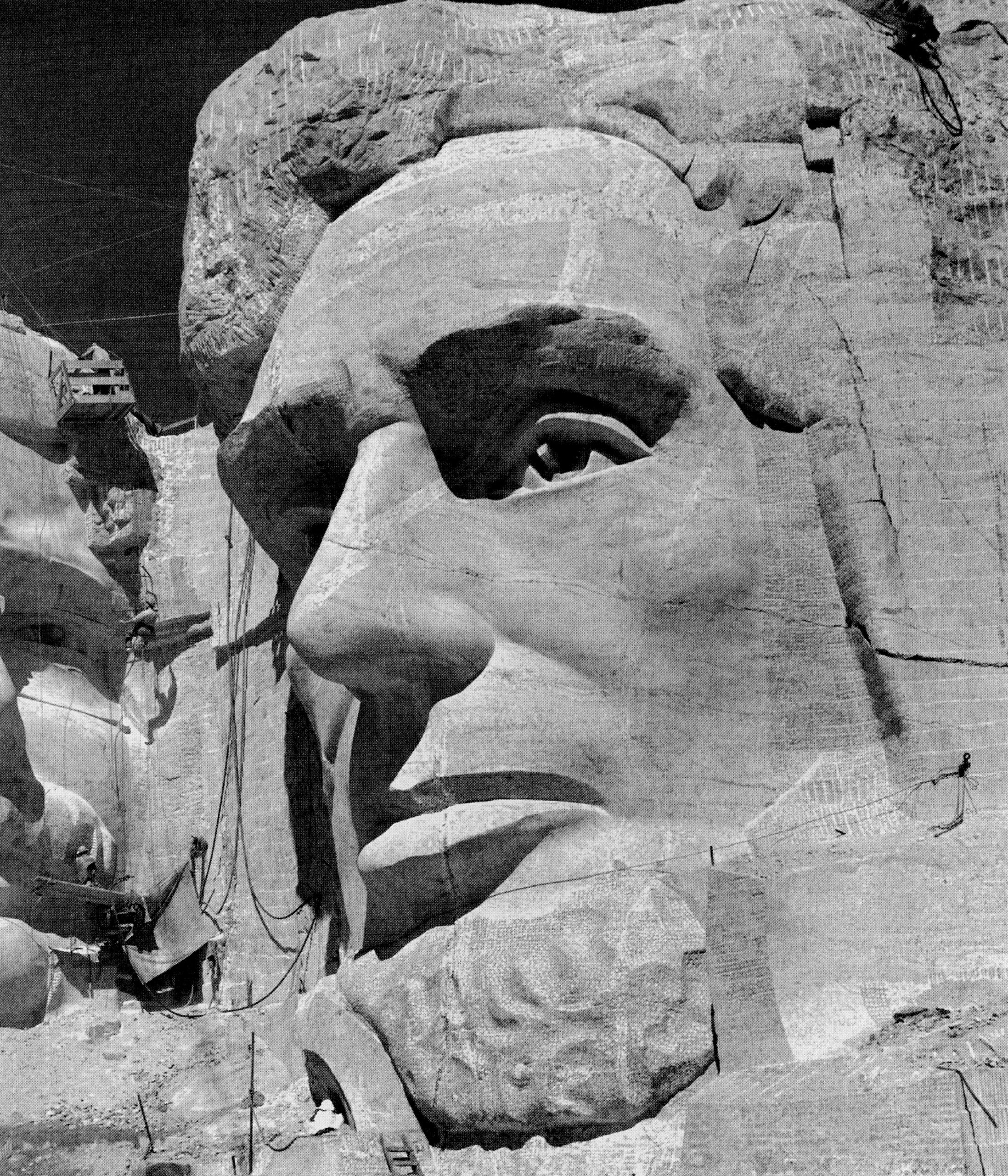
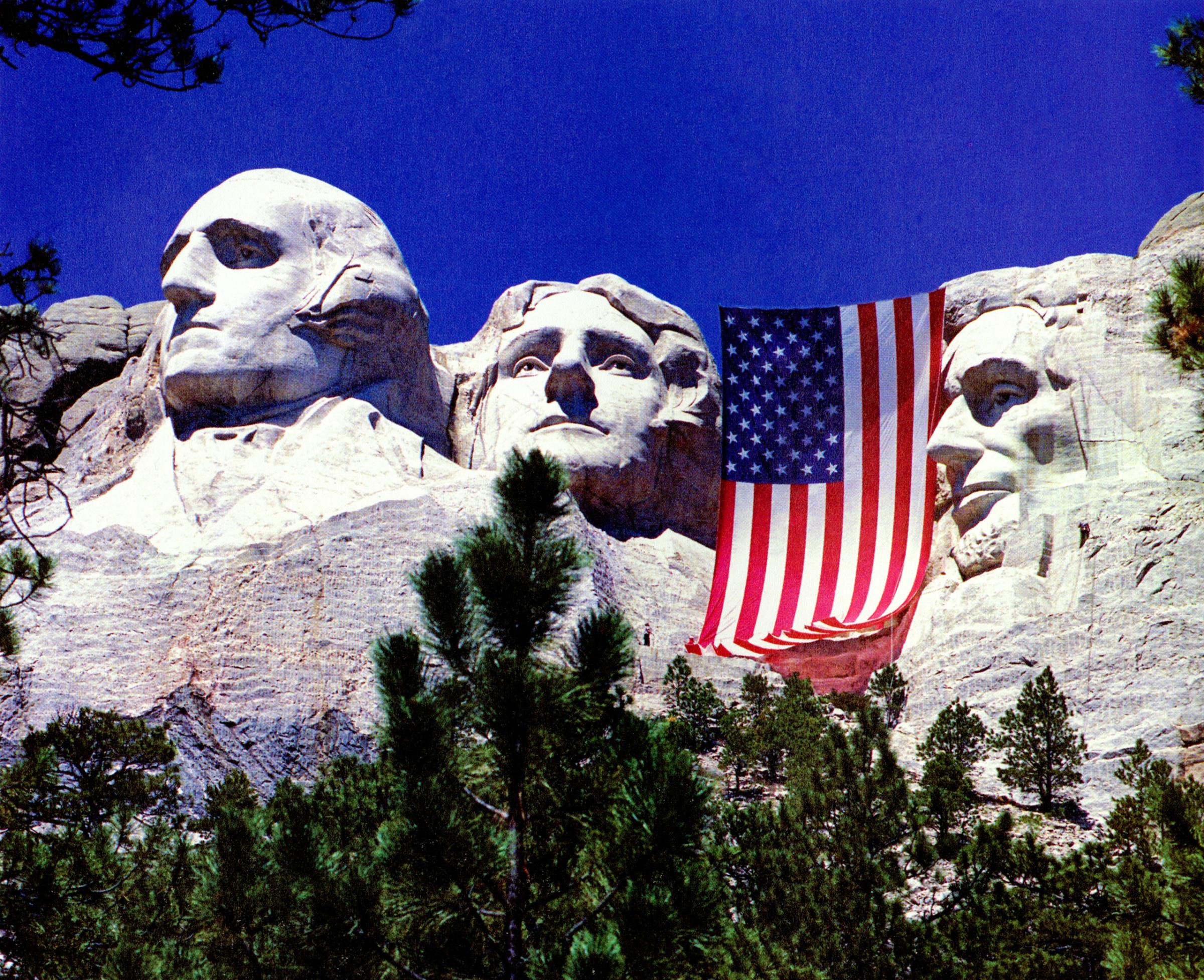
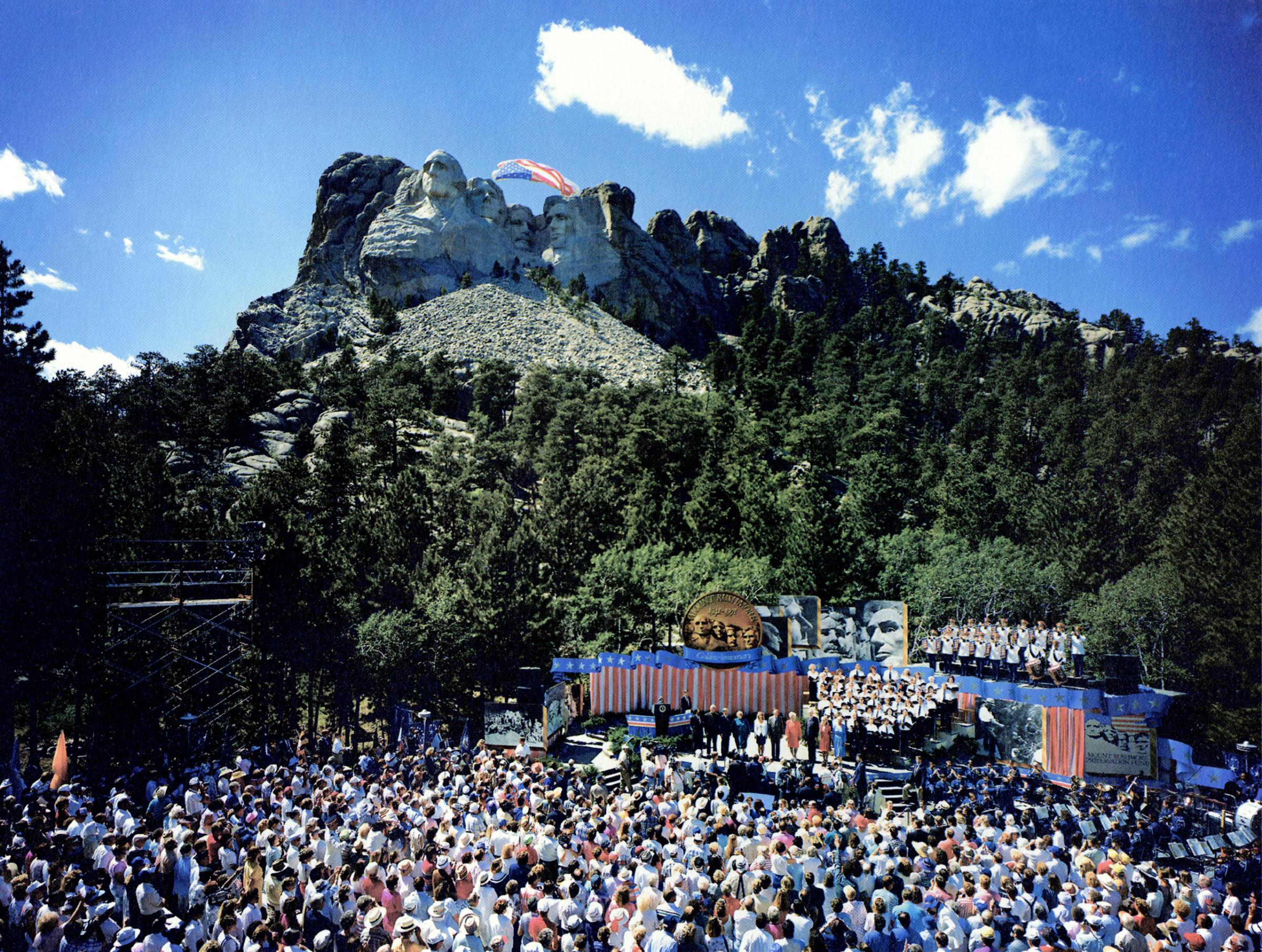
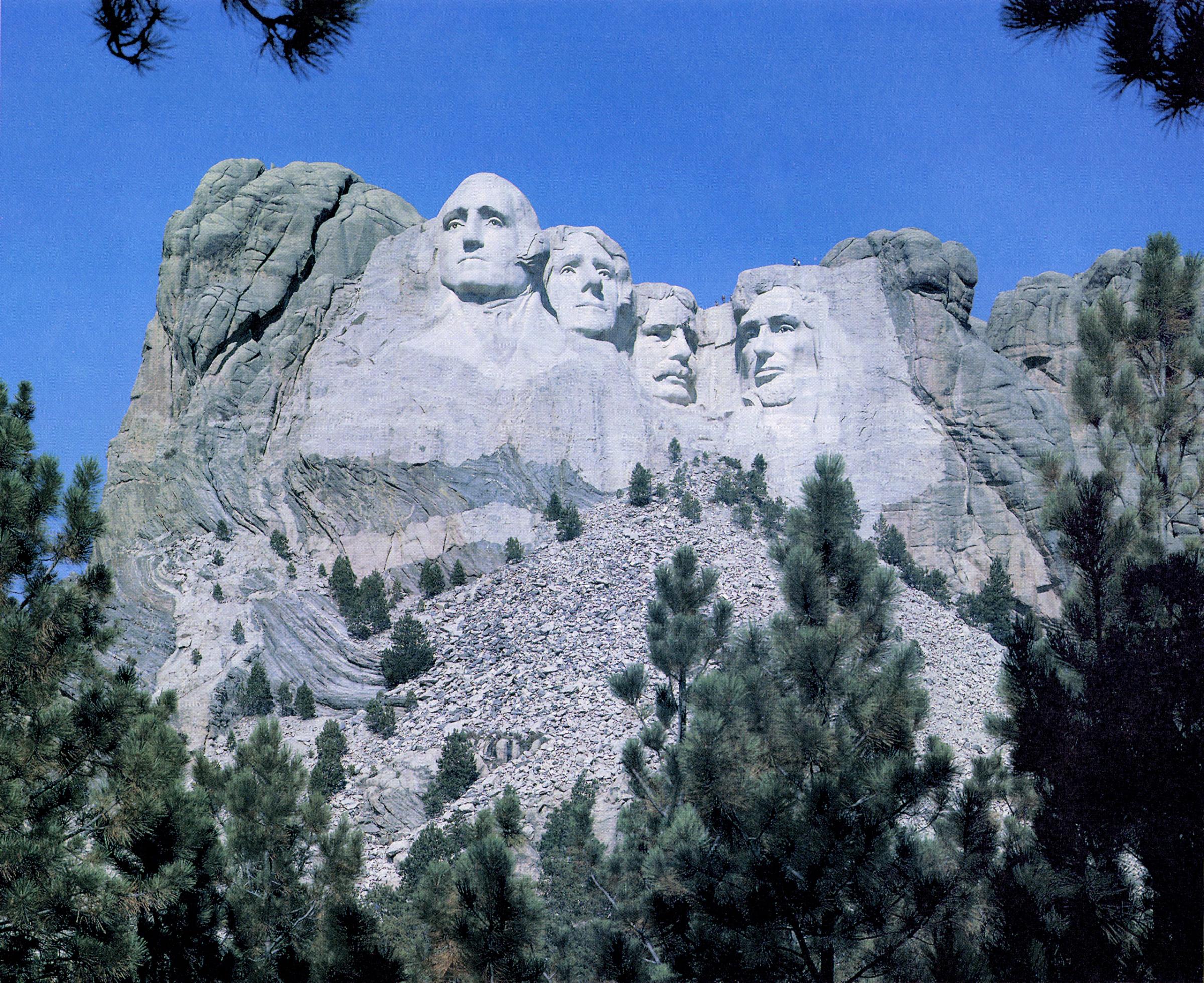
By the time the Lincoln portion turned 50 in 1991, it was clear that the fight would continue, even if the sculpting did not. “Environmentalists decry the busts as a desecration of nature,” TIME reported. “New Republic writer Alex Heard identified Gutzon Borglum, Rushmore’s eccentric creator, as a member of the Ku Klux Klan. And the Sioux Indians charge that the memorial is sculpted from sacred land that was stolen by the government.”
And yet those four men continue to gaze upon the nation they helped shape. By one estimate, it will be 108 million years before nature reclaims the rock. Though the sculpture’s creator and its very existence may be subject to reassessment in the light of three-quarters of a century, the monument itself is there to stay—and to impress.
“There is something in sheer volume that awes and terrifies, lifts us out of ourselves,” Borglum once said, “something that relates us to God and to what is greatest in our evolving universe.”
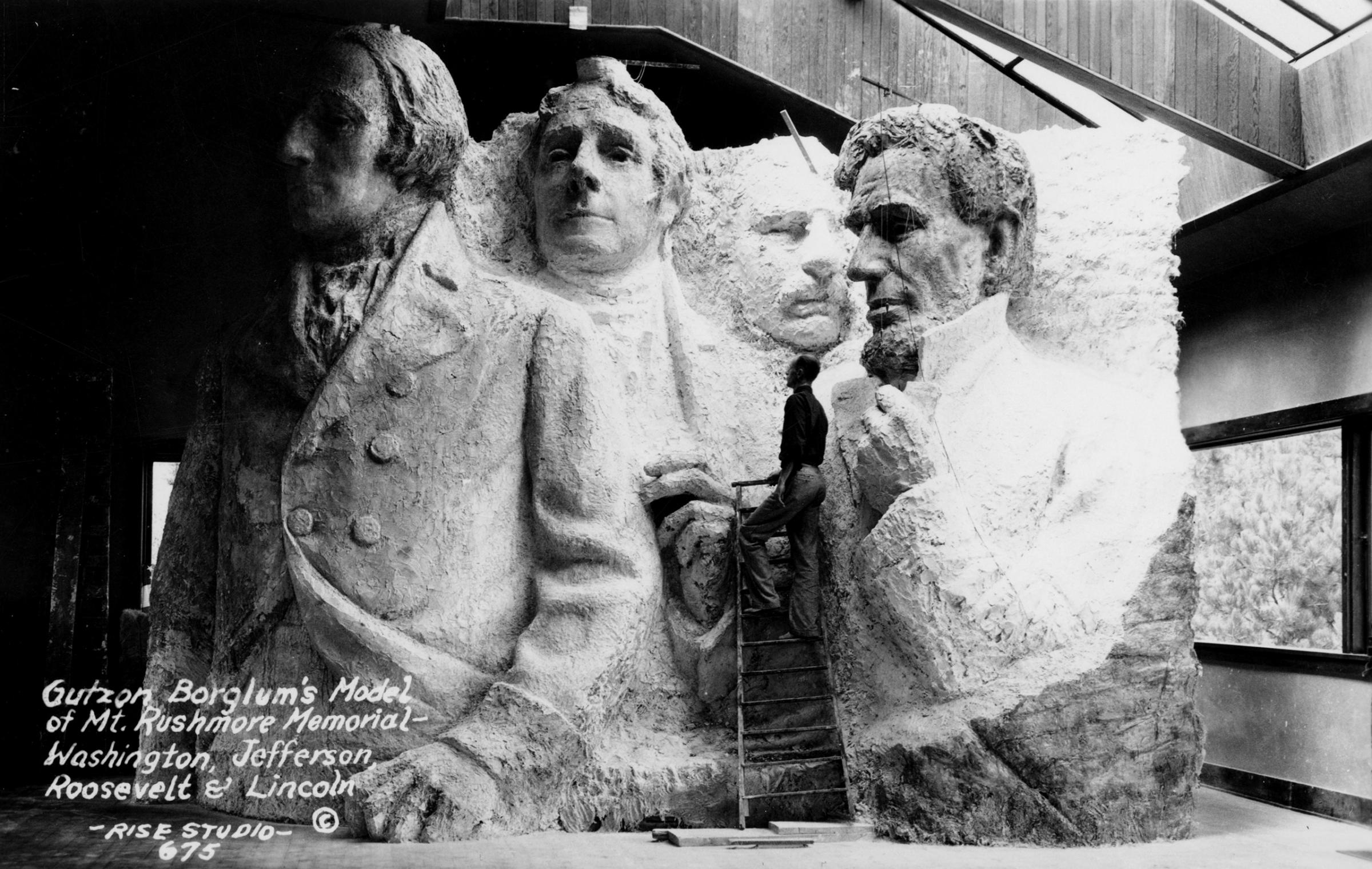
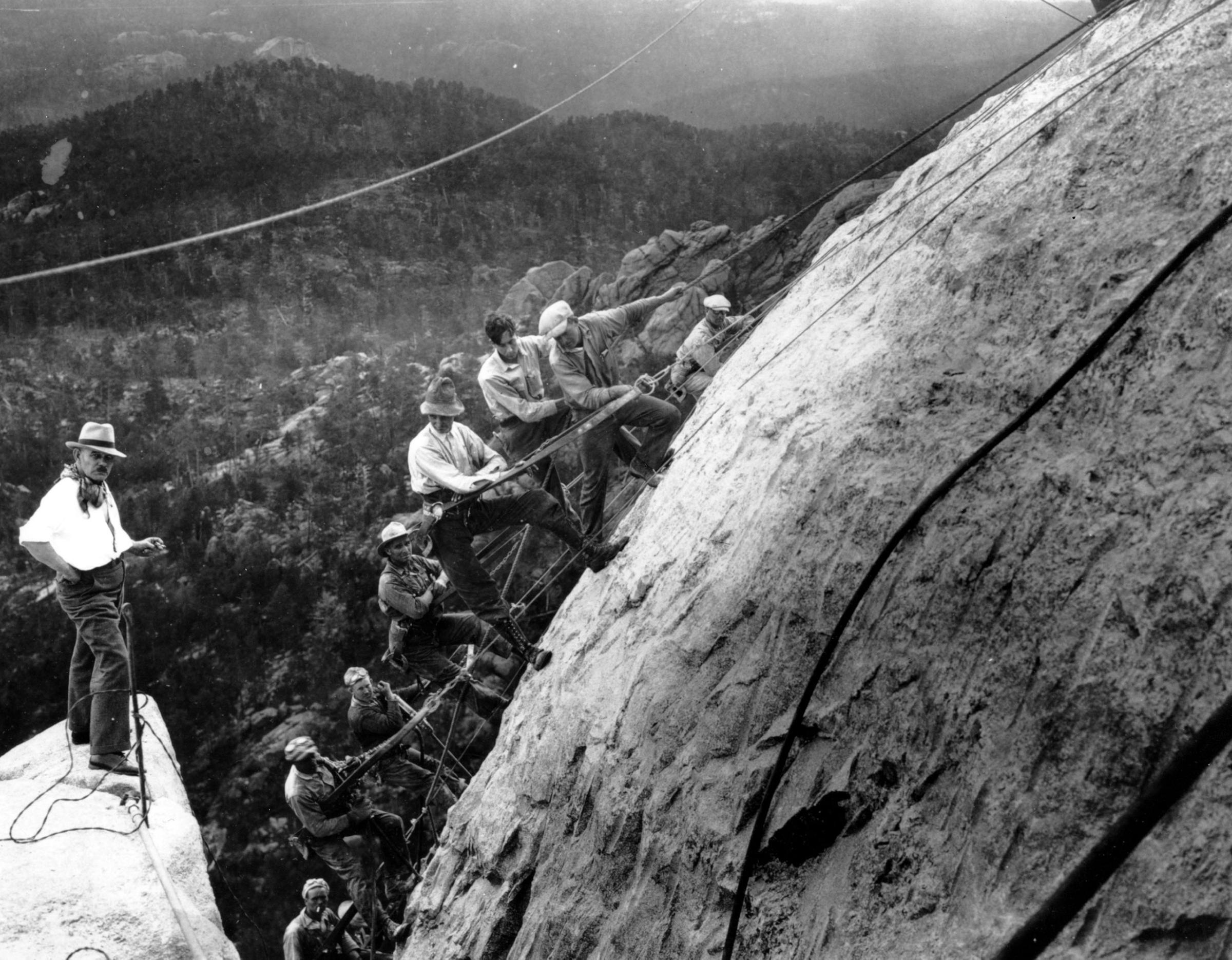
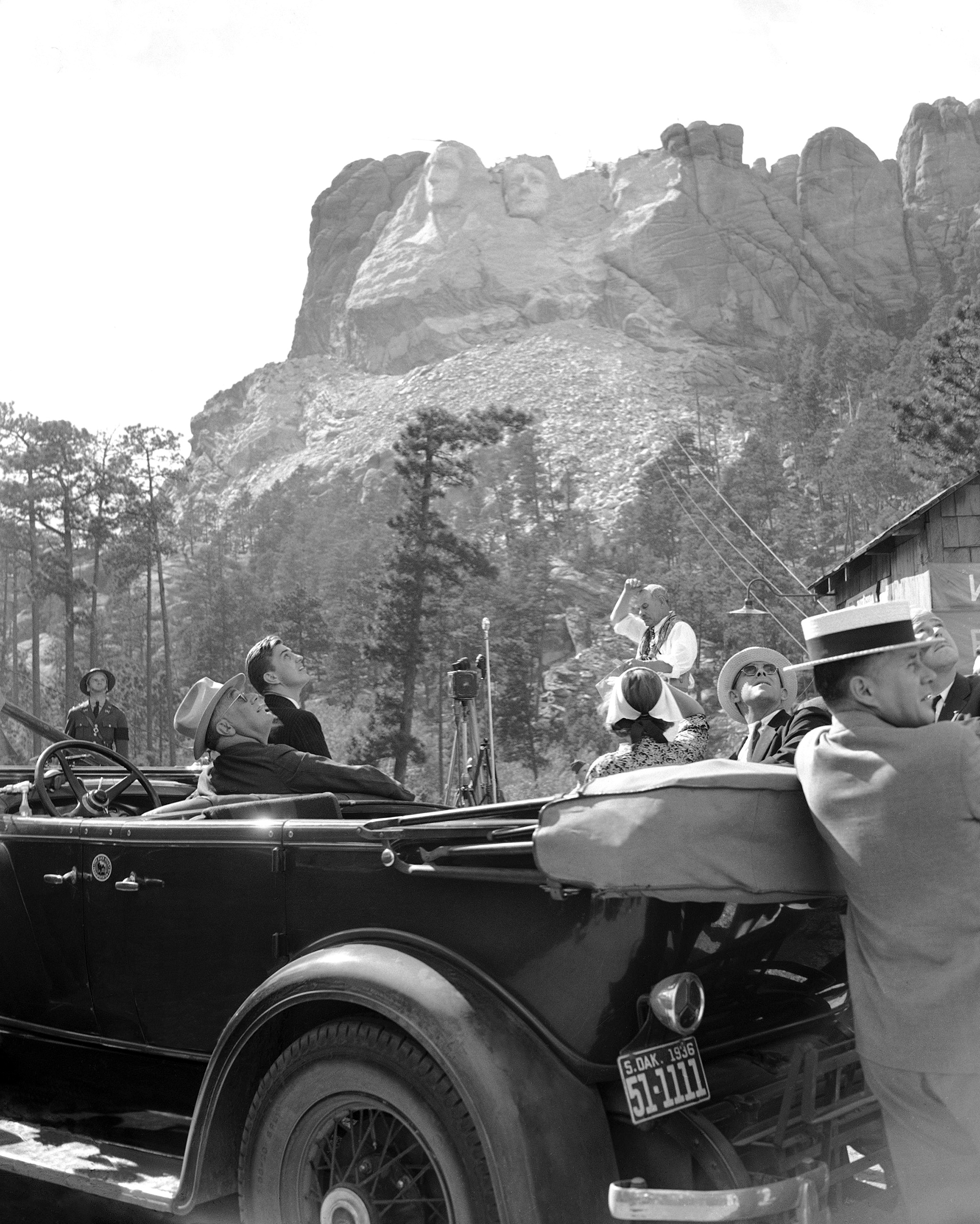
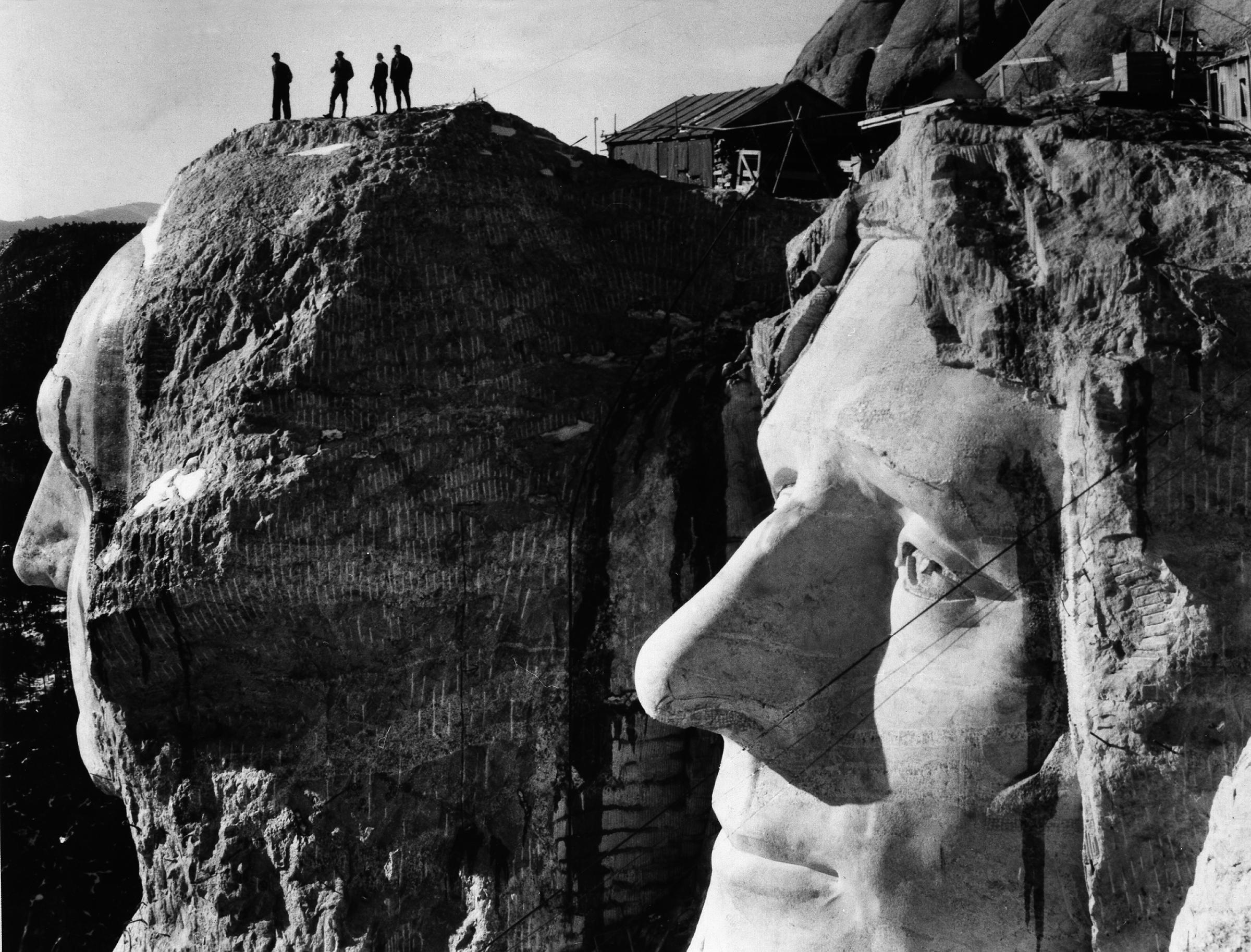
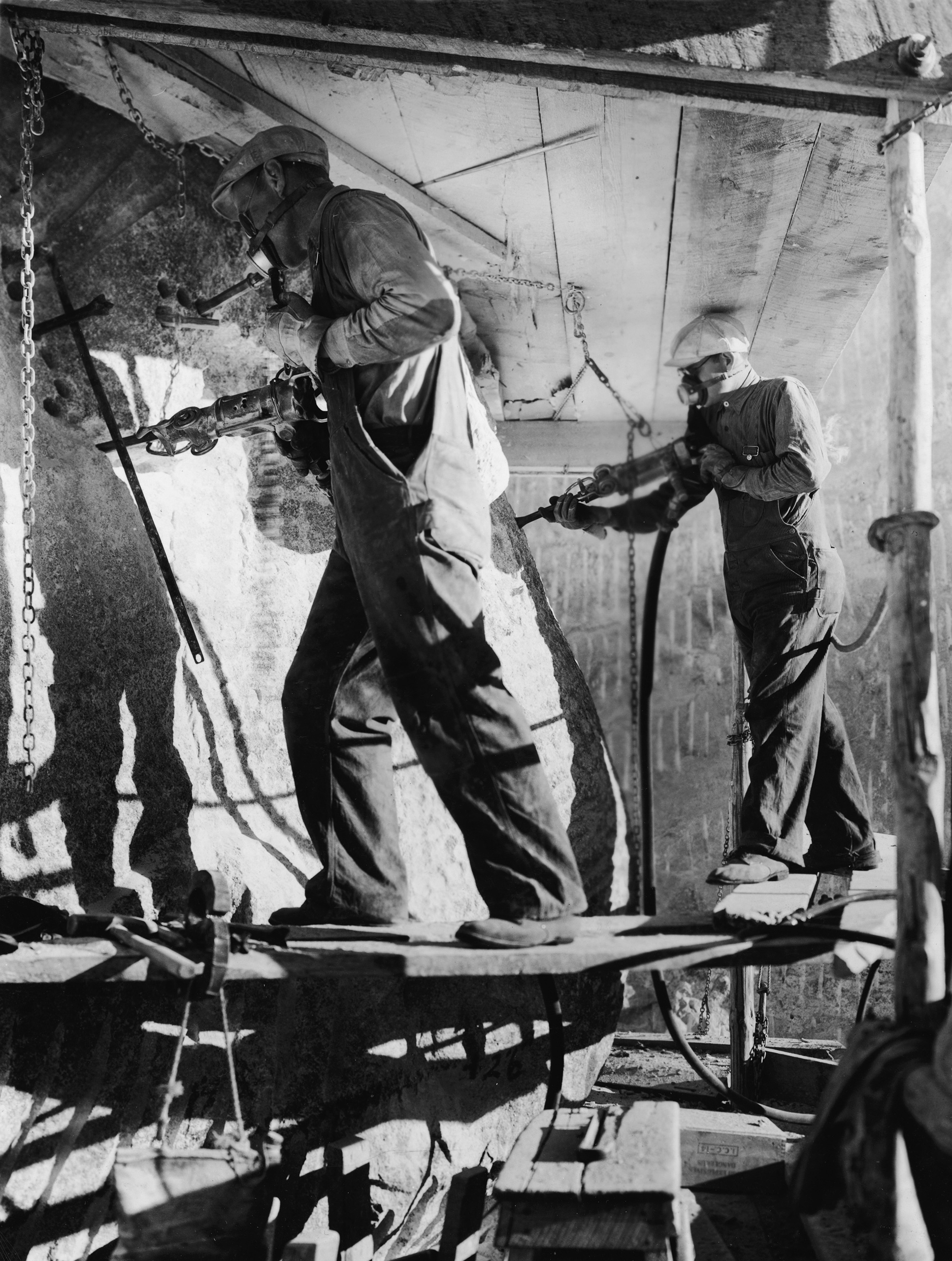
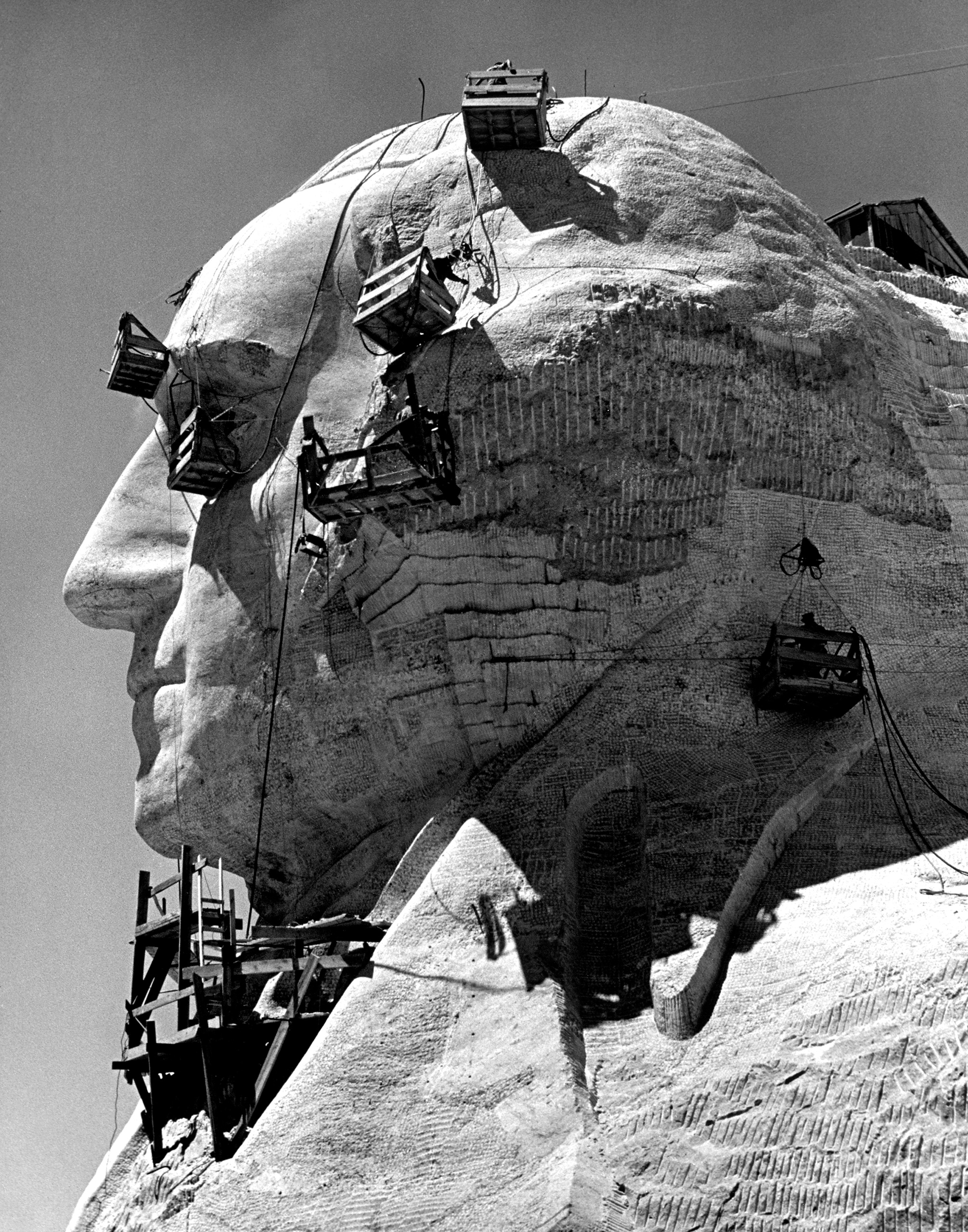
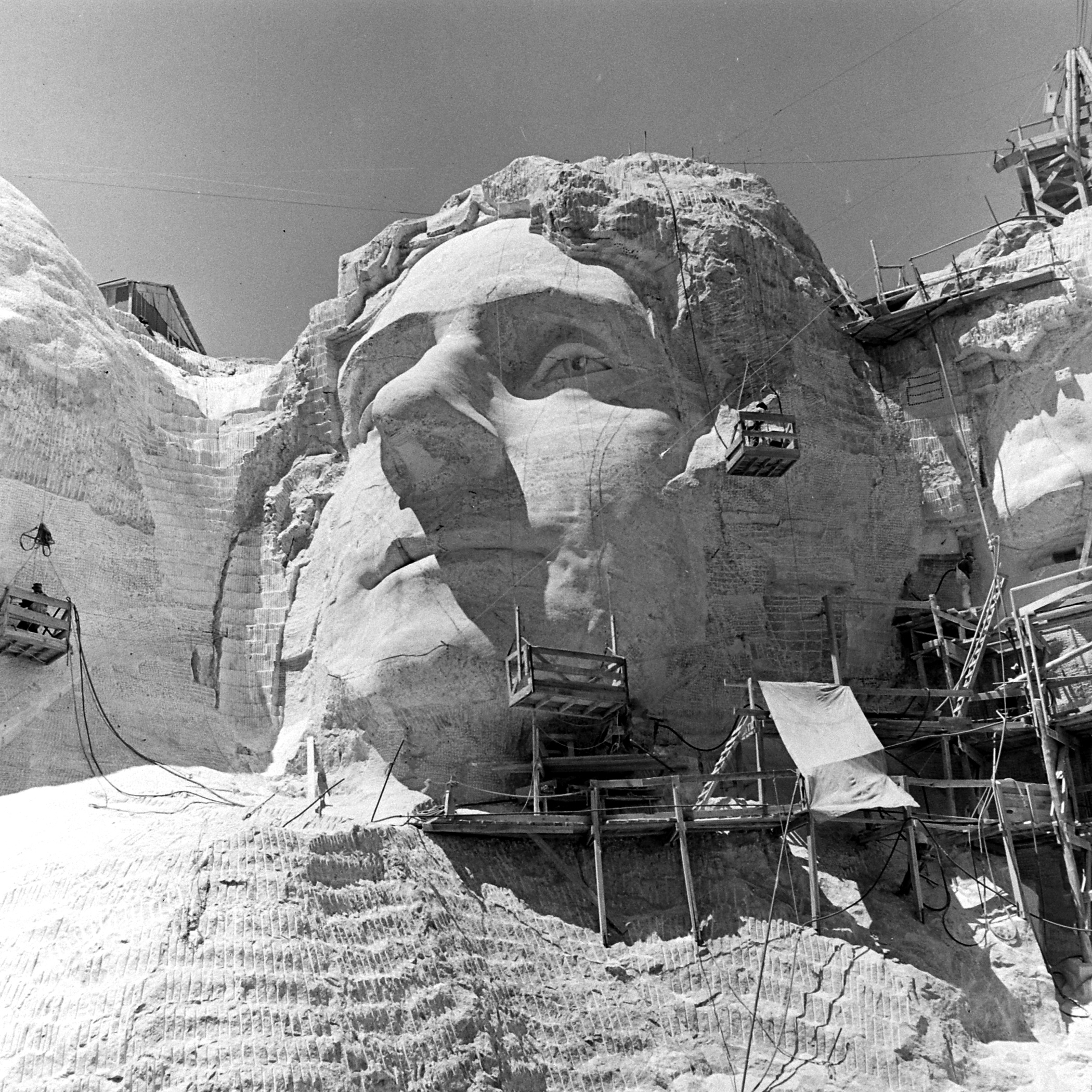
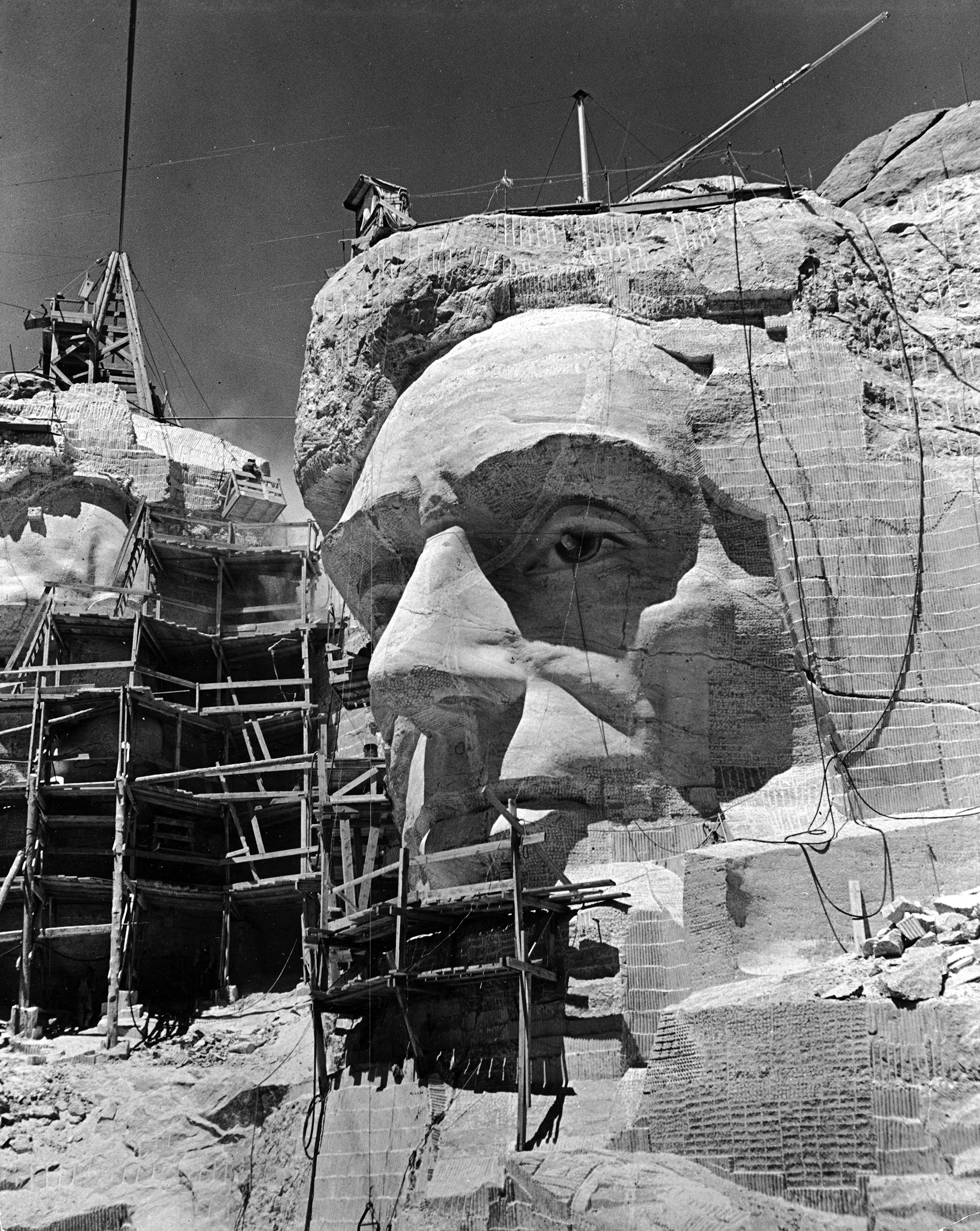
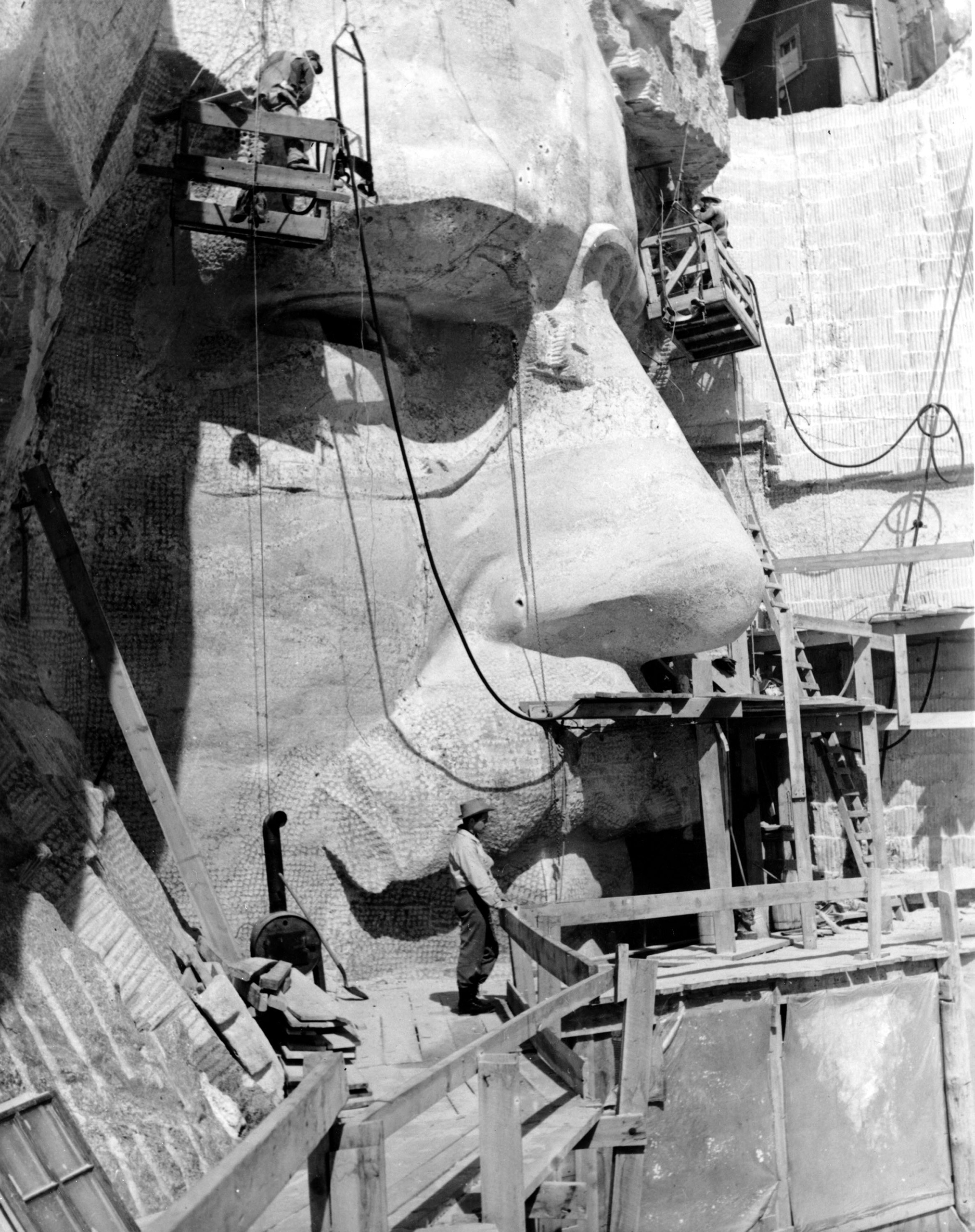
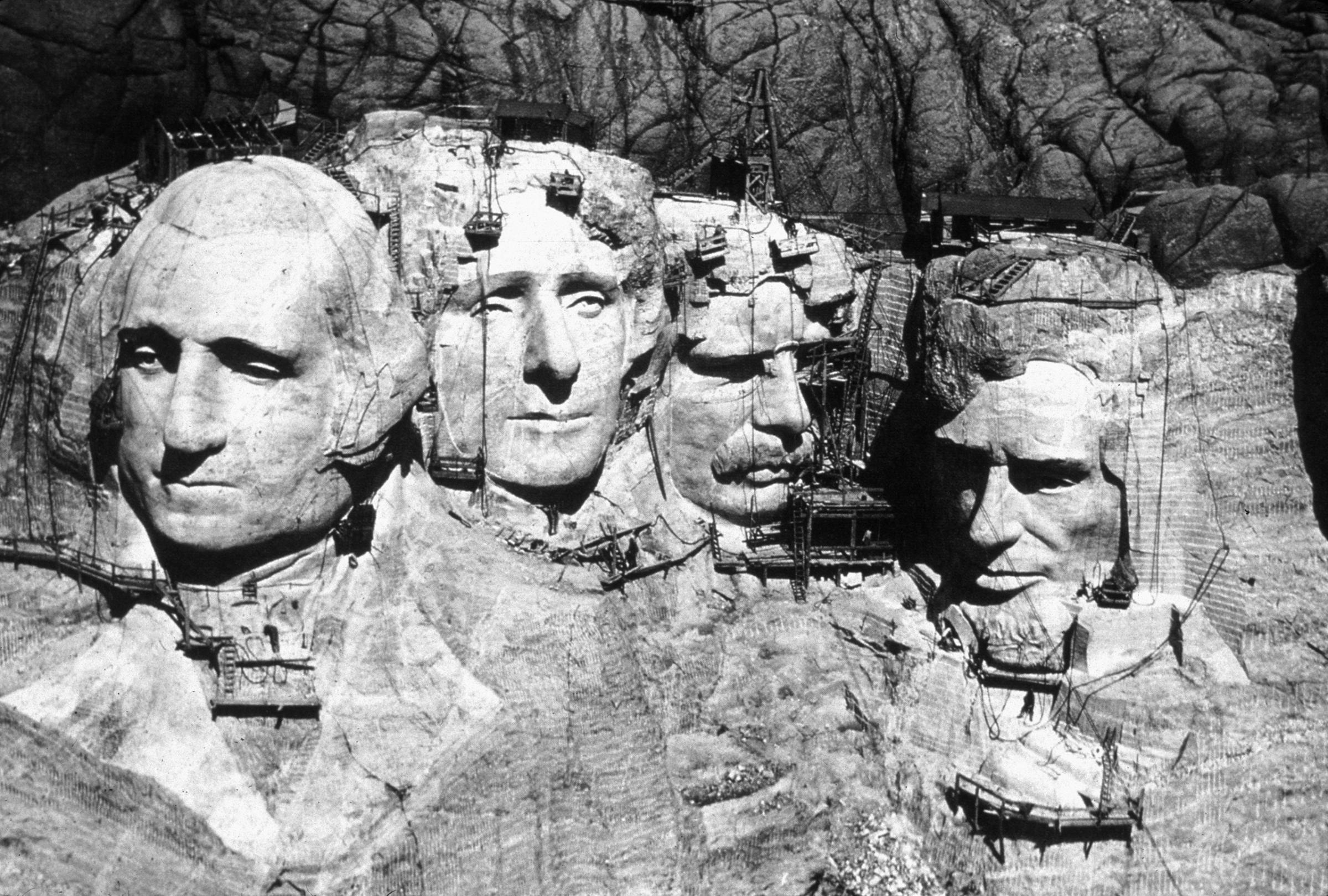
More Must-Reads From TIME
- The 100 Most Influential People of 2024
- Coco Gauff Is Playing for Herself Now
- Scenes From Pro-Palestinian Encampments Across U.S. Universities
- 6 Compliments That Land Every Time
- If You're Dating Right Now , You're Brave: Column
- The AI That Could Heal a Divided Internet
- Fallout Is a Brilliant Model for the Future of Video Game Adaptations
- Want Weekly Recs on What to Watch, Read, and More? Sign Up for Worth Your Time
Write to Lily Rothman at lily.rothman@time.com